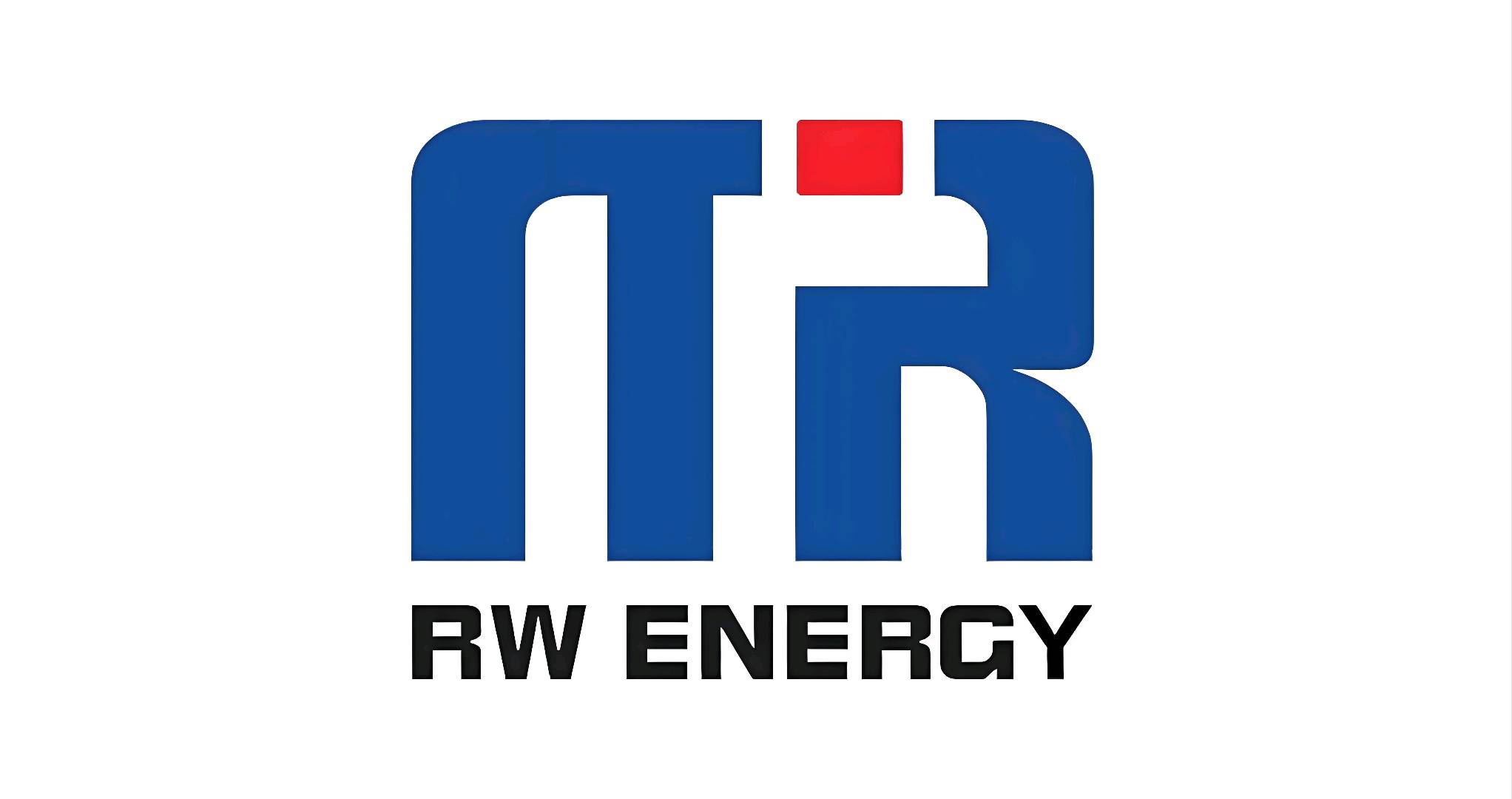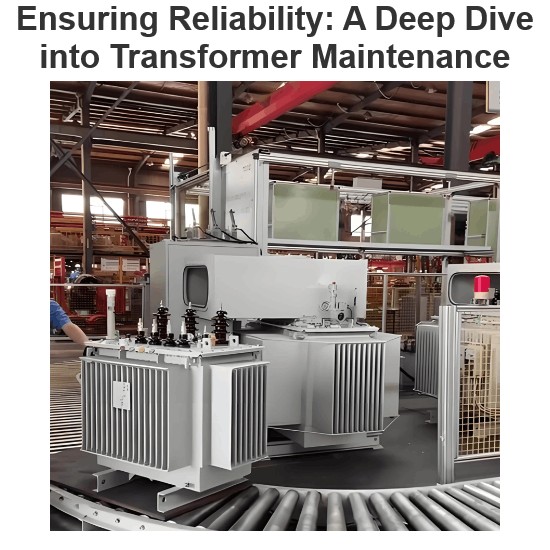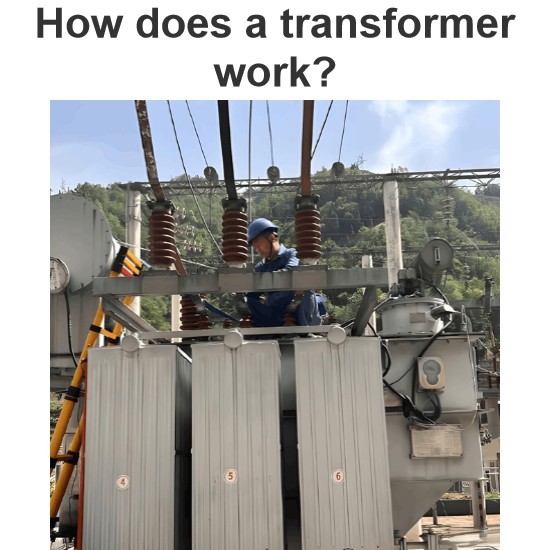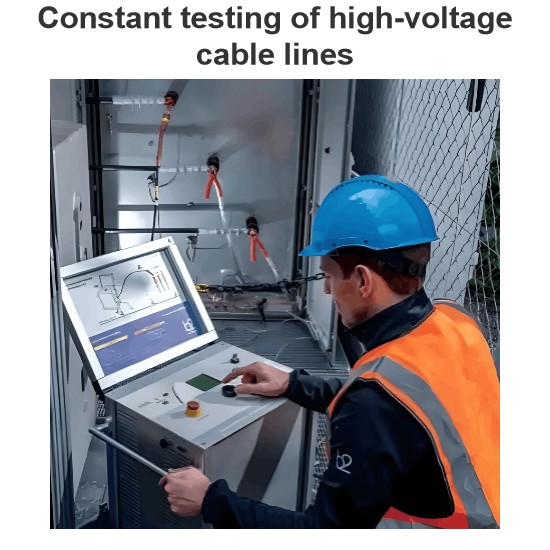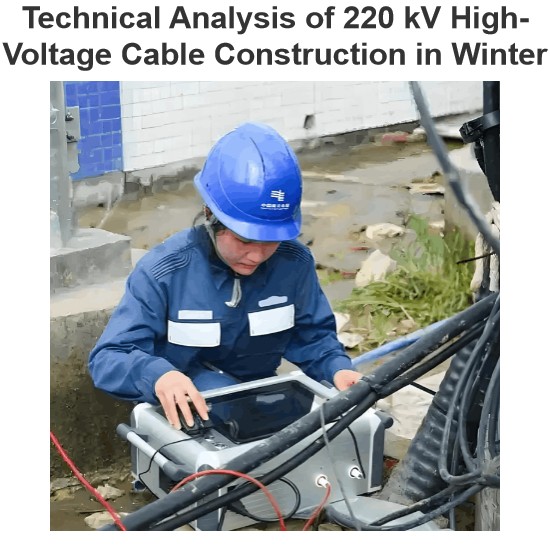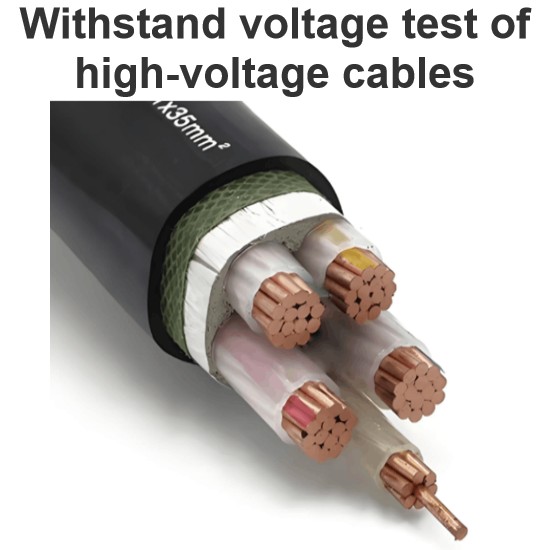| Brand | RW Energy |
| Model NO. | 180kW DC/DC EV charger |
| Rated Output Rating | 180kW |
| Output Voltage | DC150-750V |
| Connector Options | CCS2 |
| Cable Length | 5m |
| Input Voltage | DC260-900V |
| Series | DC EV Chargers |
Description:
Designed for high-efficiency EV charging, this 180kW DC fast charger employs advanced DC/DC conversion technology and supports mainstream standards like CCS, CHAdeMO, and GBT, Integrated with intelligent temperature control and power management systems, it maintains stable output in extreme environments from -30°C to 55°C, making it ideal for high-frequency charging scenarios such as commercial parking lots, highway rest areas, and logistics parks.
Key Features:
Ultra-Fast Charging Performance
Charges vehicles from 10% to 80% in just 30 minutes at 180kW, suitable for passenger cars and light commercial vehicles.
Liquid-cooled thermal management ensures temperature differentials within ±3°C, enabling continuous high-power operation.
Universal Compatibility
Seamlessly switches between CCS1/CCS2, CHAdeMO, and GBT protocols, eliminating the need for adapters.
Directly compatible with Tesla, BYD, NIO, Volkswagen, and 95%+ global EV models.
Intelligent Management System
Built-in BMS communication interface optimizes charging curves based on real-time battery status, extending battery life.
Supports OTA updates and integrates with third-party platforms for data analytics, remote monitoring, and predictive maintenance.
Comprehensive Safety
Equipped with overvoltage/overcurrent protection, leakage detection, lightning protection, and IP54-rated enclosure for outdoor durability.
Ergonomic charging gun with PEL (Protection against Electric Shock) and mechanical locking mechanism.
Flexible Deployment
Floor-standing or wall-mounted installation options with a compact 0.5㎡ footprint.
Grid-friendly design compliant with IEC 61000-3-2, minimizing harmonic interference.
Parameters:
Name |
DC/DC180kW-CCS1 |
Size(mm) |
750mm X 600mm X 1290mm |
Weight(KG) |
250KGs |
Screen Material |
7’LCD |
Shell Material |
Sheet Metal |
DC Input |
|
Voltage |
260VDC-900VDC |
Current |
≤200A |
DC Output |
|
Voltage |
150VDC~750VDC |
Voltage stabilization accuracy |
<±0.5% |
Current stabilization accuracy |
≤±1%(Output load 20%~100% Rated range) |
Voltage ripple factor |
≤1%(150~750V, 0~20MHz) |
Efficiency |
≥ 95%, @750V, 50%~100% load current, rated 710V input |
IP Degree of protection |
IP54 |
Operating ambient temperature |
-40℃~70℃, Above 50℃, use with derating |
Relative humidity |
≤95%RH, no condensation |
Altitude |
≤2000 meters,Derating for use above 2000 meters |
Cooling mode |
Forced air cooling |
Remote monitoring mode |
Ethernet / 4G/Wi-Fi |
Startup mode |
RFID/APP |
Standby power |
180W |
Charging standard |
IEC-62196-2;EN61851;ISO 15118 |
Installation method |
Floor mounted |
Metering accuracy |
0.5 |
Safety protection function |
|
Input Overvoltage Protection |
≥900VDC |
Input undervoltage protection |
≤260VDC |
Output overvoltage protection |
DC150V ~ 750V can be set |
Over temperature protection |
Derating above 55 ℃; 75 ℃ protection shutdown |
Short circuit protection |
Yes |
Emergency stop protection |
Yes |
Lightning protection |
Level 2 lightning protection standard |
How does a DC EV charging pile convert electricity?
The DC Fast Charger is a device specifically designed for rapidly charging electric vehicles. The DC charging pile initially obtains alternating current (AC) from the power grid, typically at a voltage of single-phase 230V or three-phase 400V, depending on the regional standards. Inside the charging pile, there are power electronic devices that are responsible for converting the AC from the grid into direct current (DC) suitable for use by the electric vehicle's battery.
